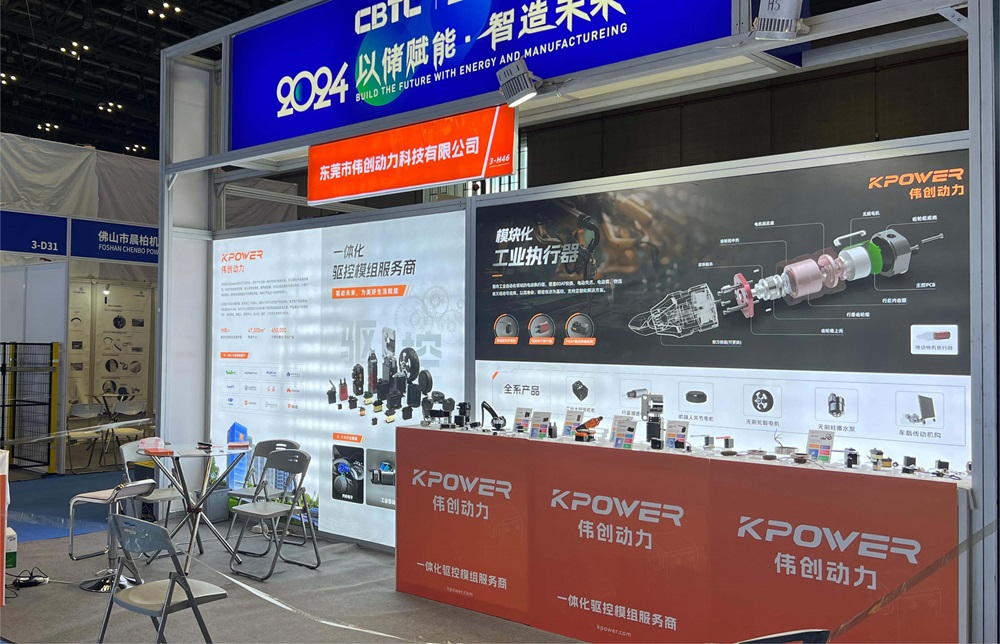Ever wonder what makes a robot move the way it does? Whether it’s a tiny drone or an industrial robotic arm, chances are it’s powered by one of three main types of motors: servo, stepper, or DC motor. Each one has its own personality—kind of like different breeds of dogs, but for machines—and picking the right one can be a game-changer.

Let’s start with the servo motor. Think of it as the precision artist of the motor world. If you need smooth, accurate control over position, speed, or torque, a servo’s your best friend. They’re often baked into high-end robotics, where tight control makes the difference between a perfect grasp and a dropped object. Want to know how they achieve such finesse? They use feedback systems to correct their position constantly, like a dancer adjusting every move in real-time.
On the other hand, stepper motors are quite the workhorses. They move in discrete steps, like a very disciplined marching band. No feedback needed; they position themselves precisely by counting steps. This makes them ideal for 3D printers or CNC machines, where you want your work to be in exactly the right spot, every single time. It’s almost like the motor has a GPS, but really, it’s just counting steps to get where it needs to be.
And then there’s the trusty DC motor. Simple, reliable, and a little more laid-back. It spins freely with a flick of the switch. You get speed control by varying voltage or current, but not precise position control unless you add extra components. Think of a DC motor as the speedster — perfect for things like electric fans or small toys where you just want simple movement without fuss.
What makes one better than the other? Well, it all depends. If you’re building a robotic arm that needs to place components with millimeter accuracy, a servo motor is like having a tiny, robotic masterpiece in your corner. But if you’re just moving a camera or a device from point A to point B without worrying about stopping exactly where, a stepper or a DC motor could do the trick.
Imagine you’re designing a conveyor belt. Would you want a servo that manages every nuance of speed and position, or a stepper that keeps things moving in precise steps? Sometimes, it’s about balancing precision versus simplicity.
Part of the magic is knowing that choosing the right motor isn’t just about technical specs. It’s about what you want that motor to do, how complex your system is, and how much control you really need. So, when someone asks, “Why pick a servo over a stepper?” it often comes down to whether your project demands real-time adjustment or just steady, predictable steps.
In the end, every motor has its story. Picking the right one feels like choosing a running mate for your project — match their personality to your needs, and everything runs smoother. You realize that it’s not just about getting something to move, but about how beautifully, how precisely, and how dependably it does so.
Established in 2005, Kpower has been dedicated to a professional compact motion unit manufacturer, headquartered in Dongguan, Guangdong Province, China. Leveraging innovations in modular drive technology, Kpower integrates high-performance motors, precision reducers, and multi-protocol control systems to provide efficient and customized smart drive system solutions. Kpower has delivered professional drive system solutions to over 500 enterprise clients globally with products covering various fields such as Smart Home Systems, Automatic Electronics, Robotics, Precision Agriculture, Drones, and Industrial Automation.




































